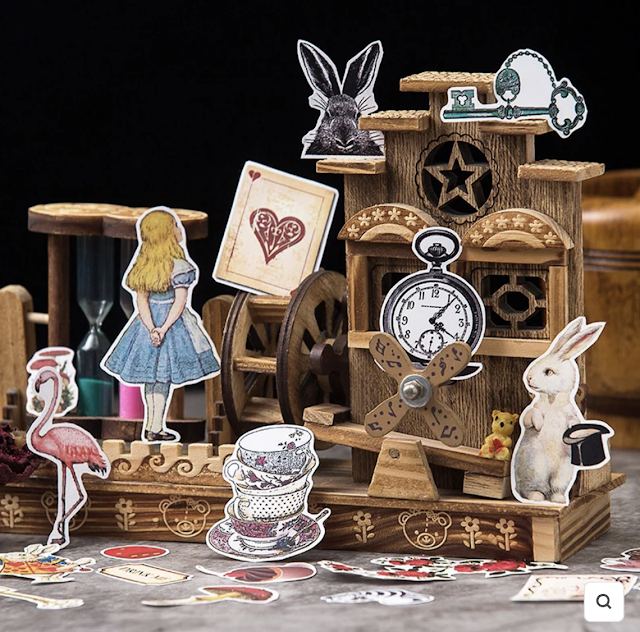In 2013, Marks & Spencer released a Christmas commercial that turned advertising into an intertextual spectacle worthy of study. The video, starring Rosie Huntington-Whiteley, blends Alice in Wonderland, The Wizard of Oz, Hansel and Gretel, and even echoes of One Thousand and One Nights, creating a visual and narrative mosaic that resonates with the aesthetics and principles of postmodernity.
In the commercial, the protagonist falls into a manhole and finds herself transported to a universe reminiscent of Alice’s adventures. The Mad Hatter’s tea party (featuring David Gandy in the role) recalls the linguistic and playful chaos of Lewis Carroll, while the encounter with the Witch of Oz (played by Helena Bonham-Carter) recreates Dorothy’s journey. The presence of a candy house suggests Hansel and Gretel, and the dreamlike atmosphere of the commercial echoes the tradition of One Thousand and One Nights, where stories unfold within stories.
This fusion of narratives is not just an aesthetic device but a clear example of intertextuality, a concept that Julia Kristeva developed from Bakhtin: texts never exist in isolation but are always in dialogue with others. The M&S commercial operates as a hypertext, remixing literary and visual icons to generate an effect that is both nostalgic and contemporary.
In an interview conducted by Nick Coates with Professor Kiera Vaclavik, a specialist in children's literature and visual culture, published in Alice & The Eggmen, we see how Alice has become a symbol of constant reinvention. According to Vaclavik, the absence of a rigid moral arc and the flexibility of the story have allowed Alice in Wonderland to be reinterpreted over the decades, from the psychedelia of the 1960s to high fashion and contemporary pop culture.
The M&S commercial exemplifies this trend. It does not merely retell well-known stories but overlaps and reinvents them, reflecting the postmodern spirit that dissolves boundaries between high and low culture, fiction and advertising, dream and reality.
If Carroll and Baum created worlds where logic unravels and imagination takes the reins, contemporary advertising uses these same foundations to build narratives that not only sell a product but sell a universe of references, emotions, and shared memories.
Know more: Interview with Kiera Vaclavik published in Alice & The Eggmen by Nick Coates on April 3, 2025.










